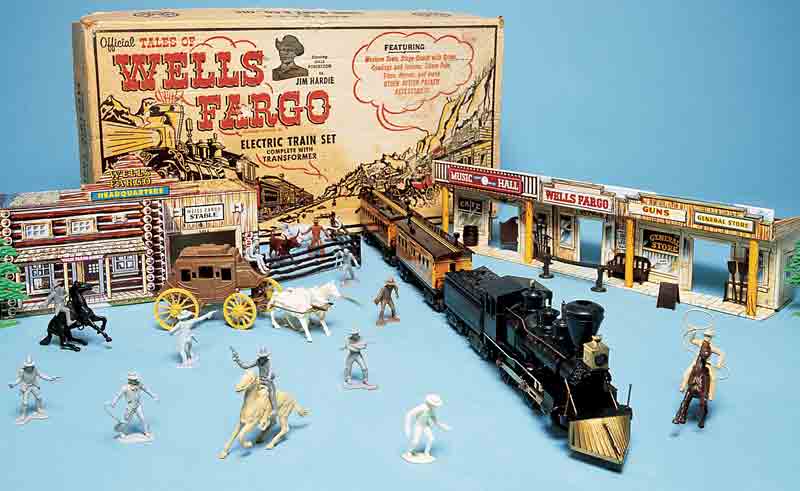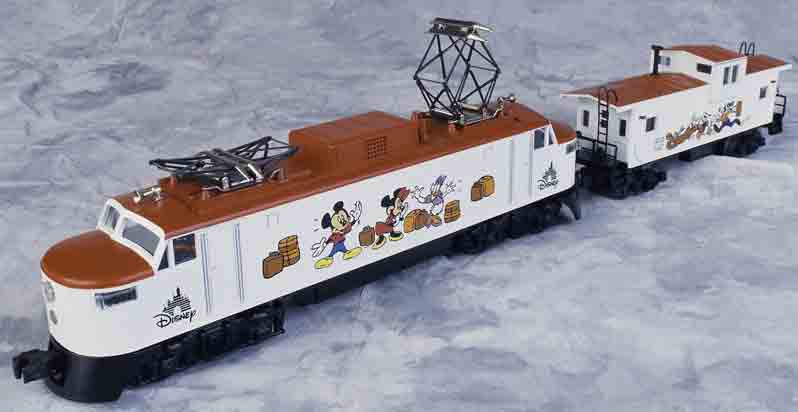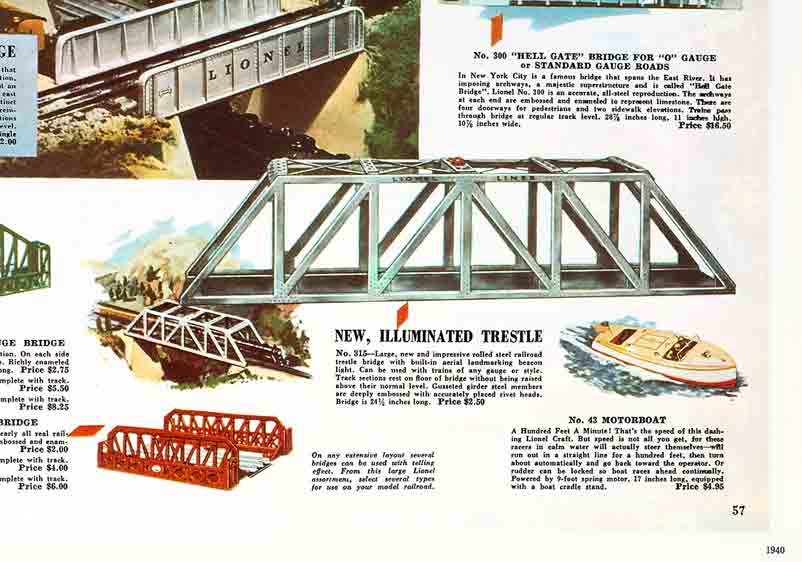What is the difference between sintered-iron spoked drivers on my no. 2035 and the spoke drivers on the 675 and 2025? They look the same to me. Can you verify the production year for the painted versus unpainted stacks? What is the difference between a “half-moon” and a “two-pin” eccentric crank? – Ron DeJong, Aberdeen, S.D.
A: The nos. 675 and 2025 were identical, except for the numbers stamped on their cabs.
When these locomotives were introduced in 1947, both had unpainted smokestacks for some reason. They were fitted with rather plain-looking steam-chest castings, without the simulated knuckle coupler detail in the center. The very earliest models did not carry the familiar red keystone decal on their boiler fronts, but simple white or silver numbers instead.
The 1948 and 1949 versions all had painted stacks and the revised steam-chest castings, with simulated couplers.
All of the 675s and 2025s manufactured between 1947 and 1949 had Baldwin disc drivers, black-painted zinc castings with nickel rings (or tires) pressed on them, and the word “Baldwin” visible on the counterweights.
In 1950, Lionel phased out the 675 and renumbered the 2025 as no. 2035 to indicate the addition of Magne-Traction and a four-wheel trailing truck. The Baldwin disc drivers were replaced by unpainted, charcoal gray sintered-iron drivers of a common spoked prototype. Plain iron wheels were necessary to make Magne-Traction work.
The same engine was cataloged again in 1951. Because of the Korean War, Lionel had difficulty getting magnets in 1952, so it went back to the 675 and 2025 numbers for that year only.
These engines did not have Magne-Traction, but sported the spoked, sintered-iron drivers anyway. The models were no longer produced after that.
Some, perhaps most of the 2035s from 1950 had an experimental “half-moon” locking configuration on the ends of their eccentric crank castings, instead of the usual “two-pin” configuration that Lionel had used for years.
Apparently, the half-moon design didn’t work out as well as Lionel’s engineer’s must have hoped, because Lionel soon went back to the two-pin cranks.
Well Ron, CTT carried a comprehensive article about these steam locomotives in the January 1999 issue. It answers all your questions and more and is still available by calling Kalmbach’s Customer Service Department at 800-533-6644.
These things all make logical sense when you examine the production history of the model. The boiler casting was a re-tooled and updated version of the prewar no. 225E locomotive.













good information. I will have to order the back issue to get the additional information youdiscuss. Many thanks.